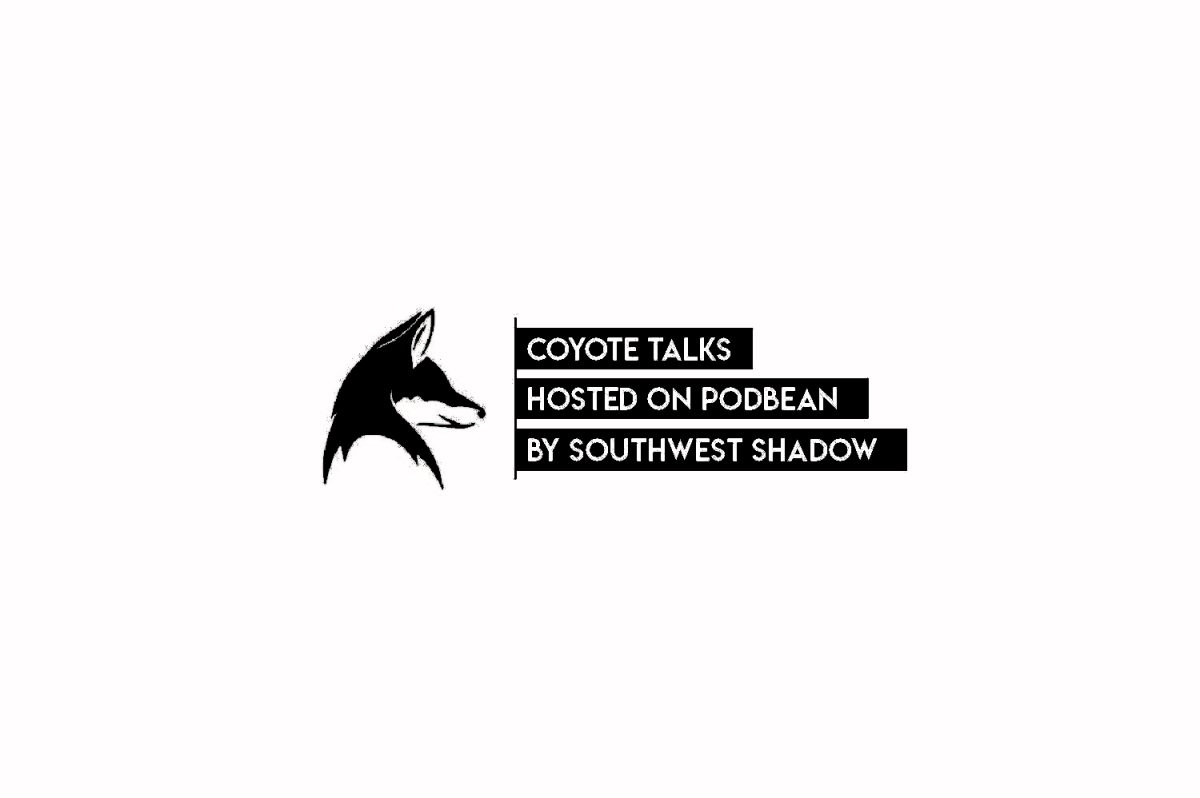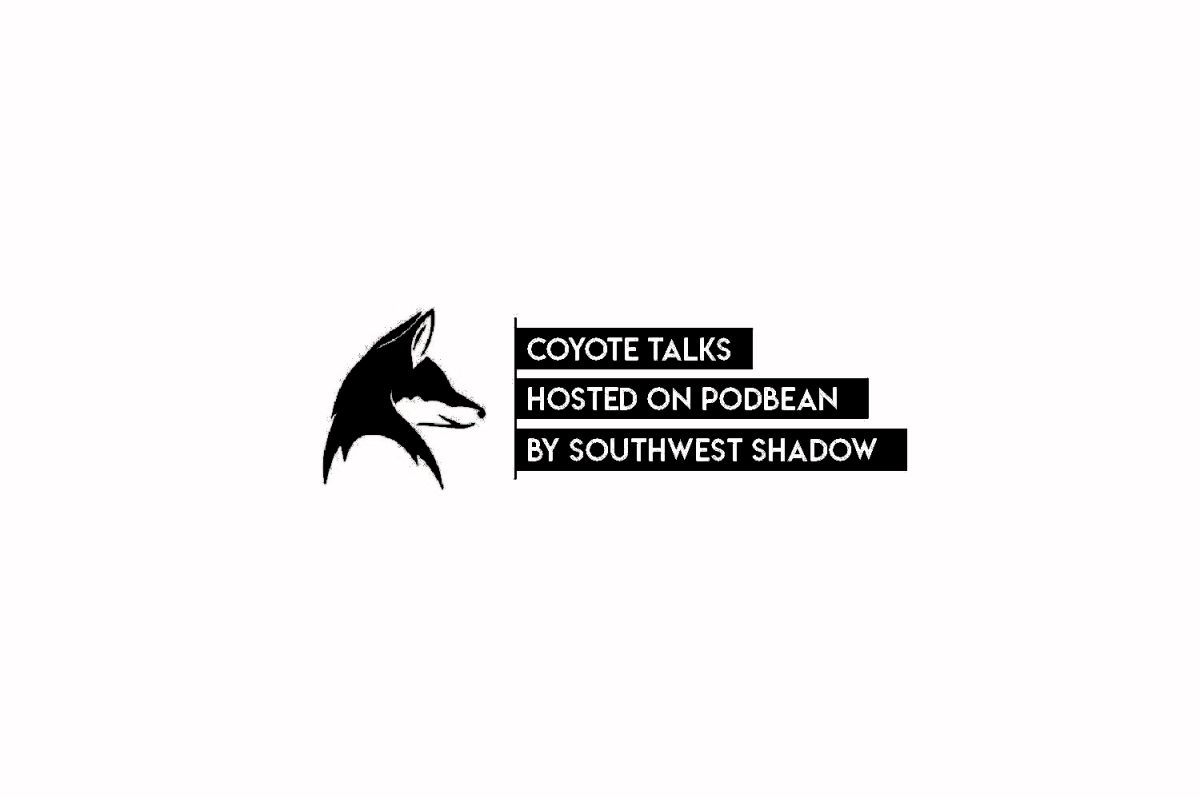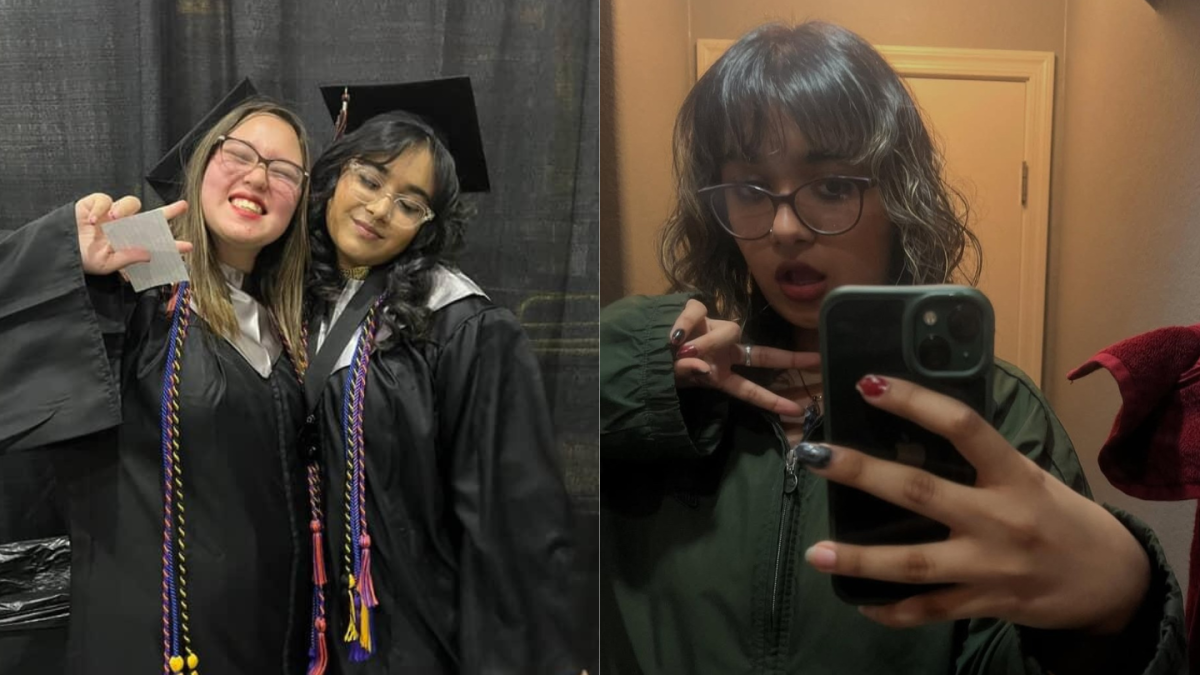IRAN’S OPPRESSIVE REGIME CANNOT SUPPRESS COURAGE
Schoolgirls in Iran are leading the fight for freedom
Thousands of people across the world protest in solidarity with the girls in Iran. In this picture, a woman in Melbourne is cutting and shaving her hair. Solidarity with Iranian Protests © Matt Hrkac, CC BY-NC-SA 2.0
November 4, 2022
The morality police is a unit within Iran’s law enforcement force who patrol streets and ensure everyone is following their rules on modesty. Anyone who is caught ignoring these rules is at the very least taken to a detention center where they are forced to take classes on Islam and sign a pledge promising to never break those rules again. But in recent cases, the police is taking aggressive measures when enforcing their dress code. There have been an increasing number of murders in relation to women not wearing their hijabs, the most notable being the death of 22 year old Mahsa Amini.
Her death has sparked the recent protests against Iran’s “morality” police and their harsh laws on veiling. The country-wide demonstrations, where protesters are burning their hijabs, cutting their hair, and dancing openly in the streets, are led primarily by high school girls. In fact, the average age of most of the protesters being detained is 15.
But the fight for women’s rights extends beyond the Mahsa Amini protests. For over 100 years now, the fight for gender equality has been strong in Iran. For centuries, the Islamic nation has controlled women’s bodies harshly. They made hijabs illegal in the 1920s in an effort to make Iran more modern. Women had their coverings ripped off of their heads, and wearing a scarf or chador was their way of expressing their resentment towards the government. Today, the same hijabs are mandatory to wear and Iran’s government has made it incredibly clear: wear the hijab or suffer the consequences.
The actions these protesters are taking to oppose the government make this current movement broader than any in the past. Today’s protests are being held all across the country with demonstrators from all classes and ethnicities, compared to the 2009 and 2019 protests that invoked mainly the middle and working class. Clearly, all walks of life are not just affected by the reign of the Islamic republic, but are also showing their support for the people standing up against them. The demands of these protests are no longer just the loosening of the oppressive regime, instead, they are fighting for an end to it.
However, the risks these girls face are dangerous. Take Sarina Esmailzadeh for example: At 16 years old, she went missing during a protest, during which her social media accounts were deleted. Allegedly, she wandered onto a construction site and fell to her death, but her post-mortem report found that she suffered multiple fractures “in the pelvis, head, upper and lower limbs” as well as “multiple injuries caused by blows from a hard object.” Her family found her body ten days later, and were forced by government officials into making false statements about her death.
Esmailzadaeh is only one of the numerous examples of the oppressive tactics Iran’s government is instating on these protesters. Government officials claim exposure to the internet and social media is “trapping” the youth into a specific belief set, but it’s obvious that the same officials and security forces are killing the same youth they claim to “protect.”
Typically, the Islamic republic holds counter-demonstrations, staged by their devout followers to scare off protesters. But hardly any have taken place this time around. Furthermore, videos being shared online show the immense support that everyone is showing these girls, even boys are burning their headscarves and dancing with the schoolgirls.
As Mahsa Amini and the countless other girls’ names trend today, we need to understand the significance of their actions. In demanding their freedom, these girls are attacking their oppressors and fighting for liberty. Their bravery is uniting the country in ways that have never been seen before and need to be recognized.









